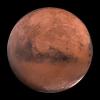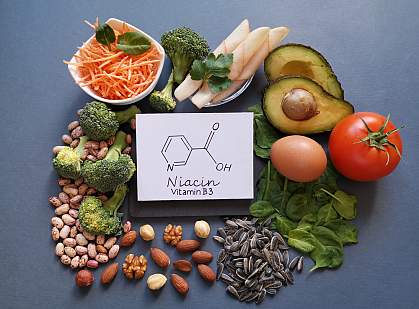
Breaking News
 Wash Post Editorial Board Turns Against Climate Agenda?!
Wash Post Editorial Board Turns Against Climate Agenda?!
 One Year Ago I Predicted and Described in Detail Huge Mars AI Plans that Elon Musk Confirmed...
One Year Ago I Predicted and Described in Detail Huge Mars AI Plans that Elon Musk Confirmed...
 British Teachers To "Spot Misogyny" In Boys And Target Them For Reeducation
British Teachers To "Spot Misogyny" In Boys And Target Them For Reeducation
 Democrats Refuse To Release Post-Mortem Of 2024 Election Loss, DNC Chair Says
Democrats Refuse To Release Post-Mortem Of 2024 Election Loss, DNC Chair Says
Top Tech News
 This tiny dev board is packed with features for ambitious makers
This tiny dev board is packed with features for ambitious makers
 Scientists Discover Gel to Regrow Tooth Enamel
Scientists Discover Gel to Regrow Tooth Enamel
 Vitamin C and Dandelion Root Killing Cancer Cells -- as Former CDC Director Calls for COVID-19...
Vitamin C and Dandelion Root Killing Cancer Cells -- as Former CDC Director Calls for COVID-19...
 Galactic Brain: US firm plans space-based data centers, power grid to challenge China
Galactic Brain: US firm plans space-based data centers, power grid to challenge China
 A microbial cleanup for glyphosate just earned a patent. Here's why that matters
A microbial cleanup for glyphosate just earned a patent. Here's why that matters
 Japan Breaks Internet Speed Record with 5 Million Times Faster Data Transfer
Japan Breaks Internet Speed Record with 5 Million Times Faster Data Transfer
 Advanced Propulsion Resources Part 1 of 2
Advanced Propulsion Resources Part 1 of 2
 PulsarFusion a forward-thinking UK aerospace company, is pushing the boundaries of space travel...
PulsarFusion a forward-thinking UK aerospace company, is pushing the boundaries of space travel...
 Dinky little laser box throws big-screen entertainment from inches away
Dinky little laser box throws big-screen entertainment from inches away
 'World's first' sodium-ion flashlight shines bright even at -40 ºF
'World's first' sodium-ion flashlight shines bright even at -40 ºF
Niacin: The Energizer Powering Your Cells And Fighting Cancer

In the 1910s, Dr. Joseph Goldberger, a U.S. Public Health Service medical officer, was investigating the mystery of pellagra. This debilitating disease was sweeping South Carolina and other parts of the world, leaving a trail of severe symptoms: rough, scaly skin, digestive issues, and mental disturbances, with a fatality rate of 40 percent. Tens of thousands were affected, and the cause was a mystery. Most thought it was an infectious disease.
Goldberger suspected pellagra wasn't caused by a germ but by something missing from people's diets. By restricting corn and adding foods like fresh milk, buttermilk, eggs, beans, and peas to the diets of pellagra patients, Goldberger showed the symptoms could be reversed. But what was the magic ingredient in these foods?
Years later, a biochemist identified niacin as the specific factor behind this dietary solution. It turns out that niacin was the key to preventing pellagra and restoring health.
Special Talents
Niacin has many talents and roles, but a few main ones are highlighted below.
1. Energizer
Niacin is the star player in your body's grand energy production team. Fats, carbohydrates, and specific proteins are broken down into energy when you eat. Turning these foods into usable energy is where niacin truly shines. In the presence of oxygen, these nutrients travel through a series of pathways to transform the food you eat into energy, known as adenosine triphosphate (ATP), which powers nearly everything you do, from thinking to moving.
ATP is in constant demand but exists in only small, rapidly depleted amounts. To keep us alive, our cells must regenerate ATP continuously—and that's where niacin steps in as a genuine "energizer." Niacin, in the form of nicotinamide adenine dinucleotide (NAD), acts as the critical energy carrier in the pathways that convert nutrients into ATP, ensuring that despite our limited ATP stores, we always have a fresh supply ready to fuel every heartbeat, every breath, and every thought.
Without niacin, the body's energy production would cease, making this nutrient essential for sustaining life itself.



